Basil is one of the most rewarding herbs to grow — fragrant, fast-growing, and packed with flavor. But if your plants tend to bolt early, get leggy, or fizzle out mid-season, you might be missing a few key tricks that keep basil lush and productive for months.
In this guide, you’ll learn how to grow incredible basil plants that don’t just survive — they thrive. From the right pruning technique to soil secrets, watering habits, and harvest timing, we’ll cover everything you need to keep your basil producing nonstop.
Because when basil is happy, your kitchen is too.
Location and Sunlight
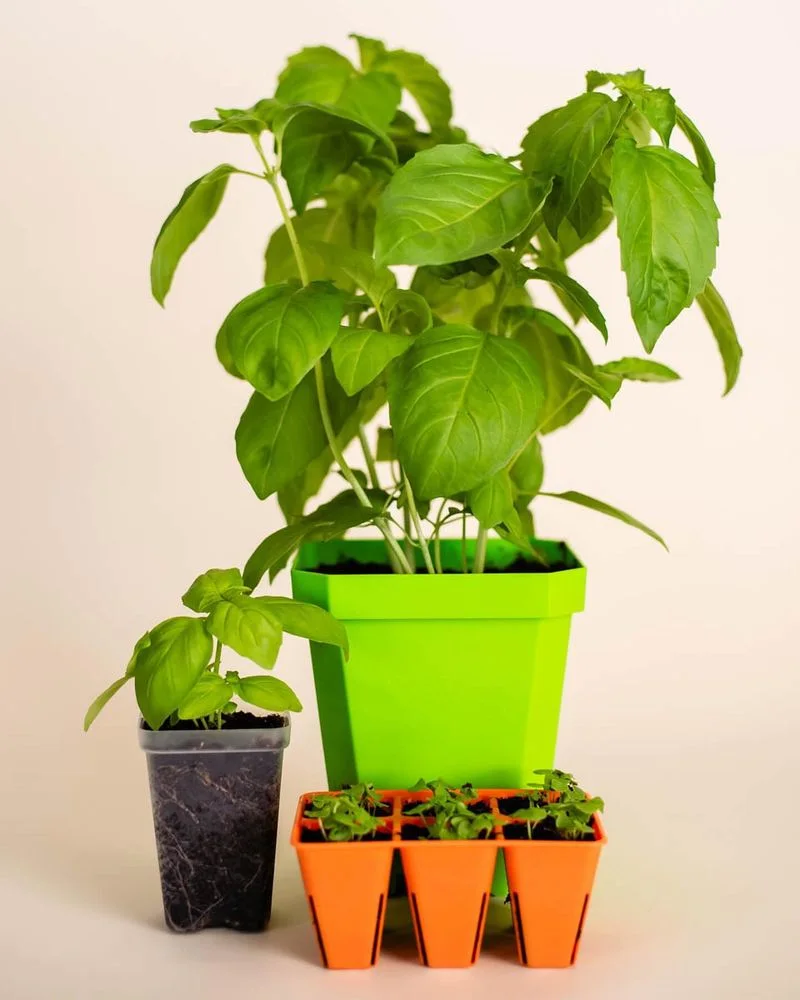
Basil thrives best in locations that offer ample sunlight. Position your plants where they receive a minimum of six hours of direct sunlight each day. This exposure is essential for robust growth and flavorful leaves.
Consider planting basil in a south-facing garden bed or a sunny windowsill if indoors. Areas that lack sufficient light may lead to leggy growth, where the stems become weak and elongated.
Sunlight not only aids in photosynthesis but also enhances the basil’s aromatic oils, creating a more intense flavor. Choose your planting spot wisely to make the most of your herb garden.
Watering Techniques
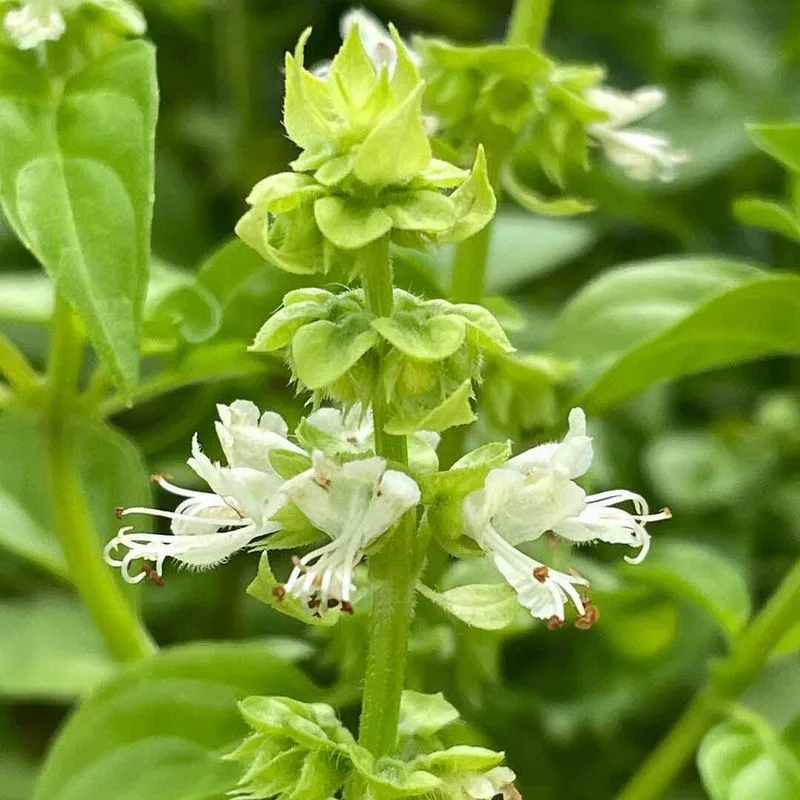
Proper watering is crucial for maintaining healthy basil plants. It’s vital to keep the soil consistently moist but not saturated, as overly wet conditions can lead to root rot.
Watering in the early morning helps prevent evaporation and allows the plant to absorb moisture efficiently. Use a watering can with a fine nozzle to distribute water evenly.
For optimal growth, check the soil’s top inch regularly; if it feels dry, it’s time to water. Over time, you’ll develop a rhythm that suits your plant’s specific needs, ensuring a bountiful basil harvest.
Pruning for Productivity
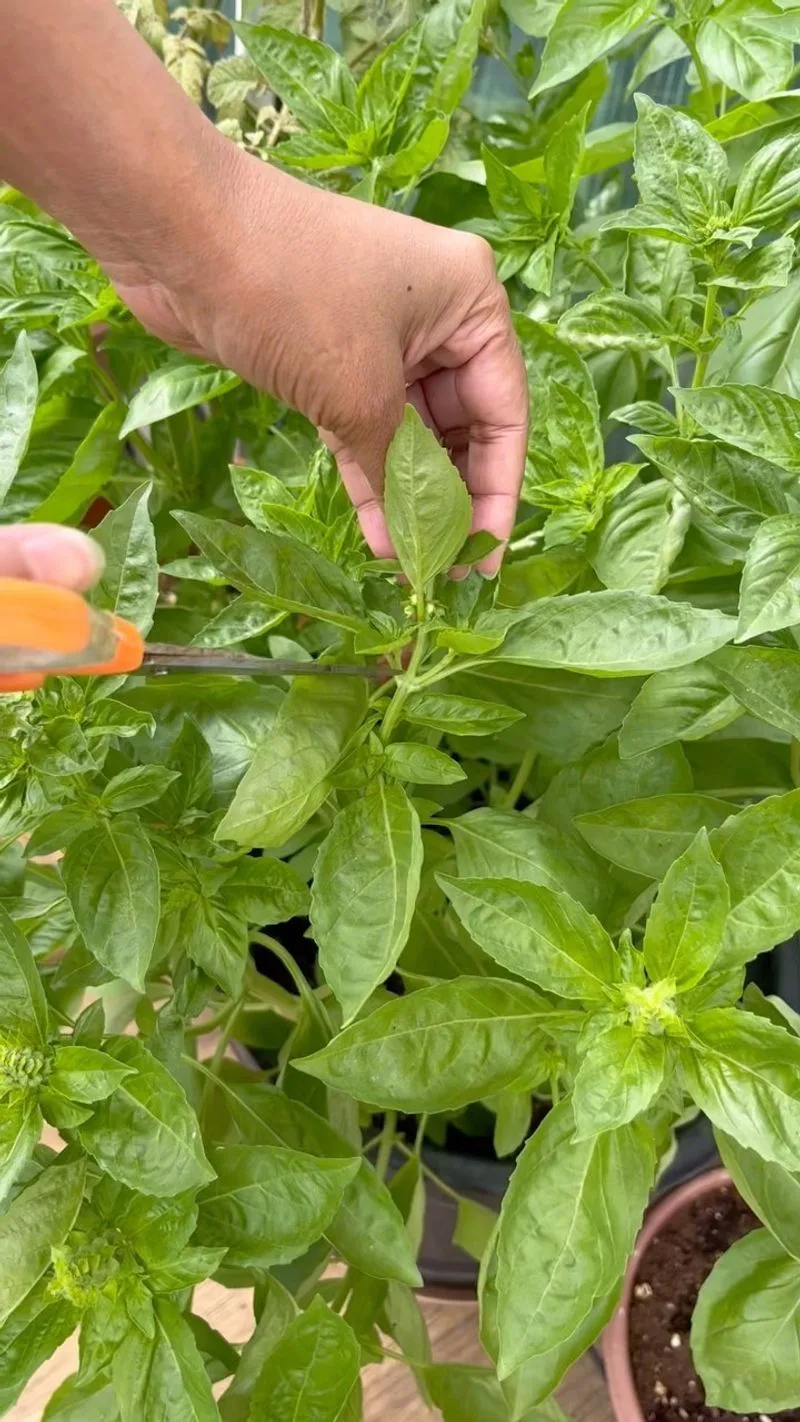
Frequent pruning encourages basil to grow bushier and produce more leaves. Start pruning when your plant reaches about six inches in height.
Remove the top leaves by pinching them back, which stimulates lateral growth. Avoid cutting more than a third of the plant at once to prevent stress.
Regular pruning not only increases your harvest but also prolongs the plant’s life by preventing flowering, which can lead to a bitter taste in the leaves. Embrace the pruning process as a regular part of your basil care routine for endless bounty.
Soil and Nutrients
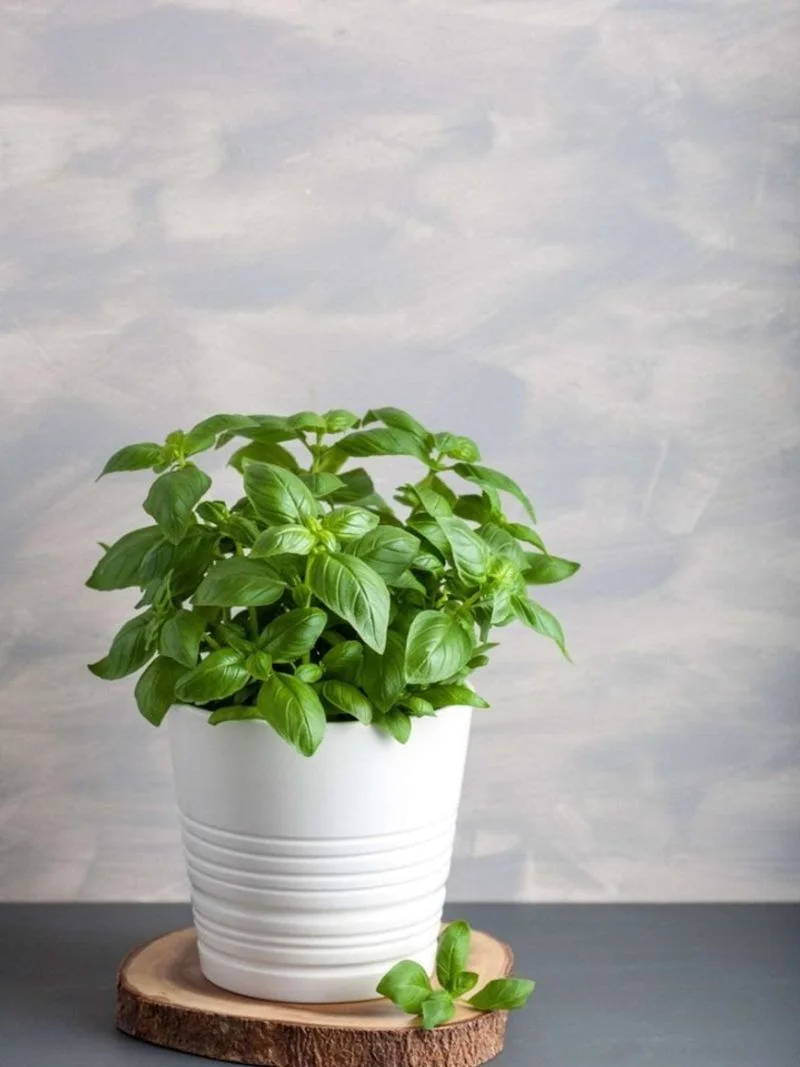
Quality soil is the foundation of thriving basil plants. Opt for a well-draining, nutrient-rich potting mix that retains moisture without becoming waterlogged.
Incorporating organic matter such as compost or aged manure enhances soil fertility, providing essential nutrients. These nutrients support vigorous growth and vibrant, aromatic leaves.
Consider adding a slow-release fertilizer to ensure steady nourishment over time. Healthy soil composition directly affects plant health, making it a crucial element for a verdant basil garden.
Pest Management
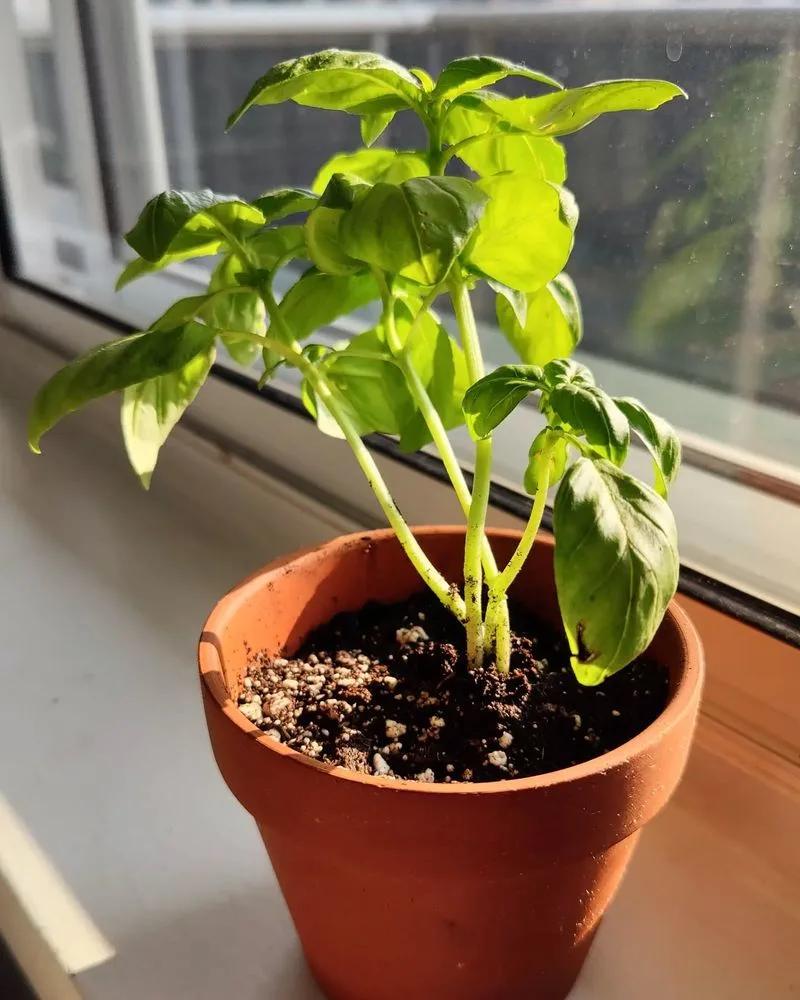
Pests can be a nuisance but managing them naturally is key to healthy basil plants. Ladybugs and neem oil are effective, eco-friendly solutions.
Regularly inspect your plants for signs of aphids or other pests. A gentle spray of water can dislodge them, while neem oil serves as a natural insecticide.
Encouraging beneficial insects like ladybugs helps maintain ecological balance. This approach reduces the need for chemical pesticides, preserving the plant’s organic integrity and flavor.
Companion Planting
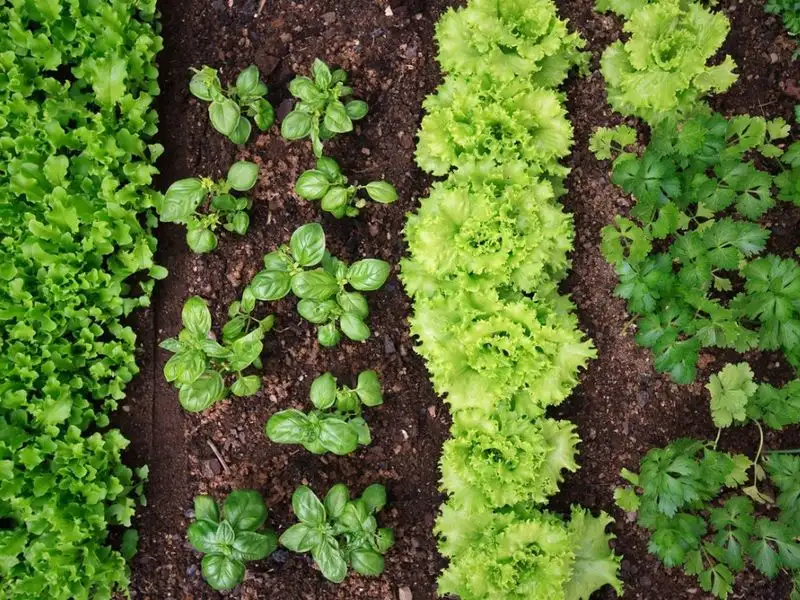
Companion planting is a savvy strategy that enhances basil’s growth and flavor. Plant basil near tomatoes or peppers; they thrive symbiotically, deterring pests and improving each other’s flavor.
Marigolds, when planted with basil, can ward off nematodes and other garden pests. This harmony not only benefits basil but also supports the overall health of your garden.
Companion planting enriches the soil and attracts beneficial insects, creating an environment where your basil plants can flourish continuously.
Harvesting Techniques
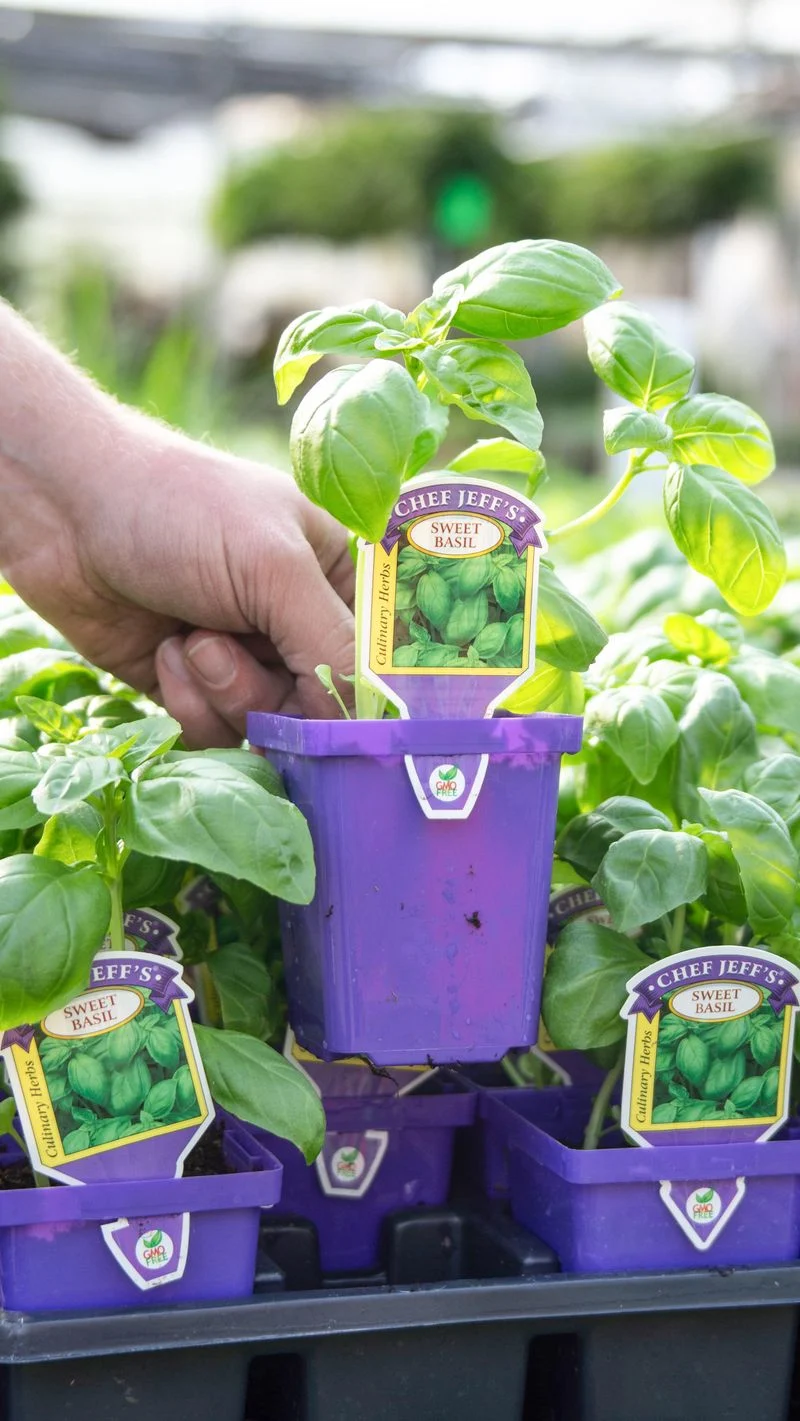
Mastering the art of harvesting ensures continuous basil production. Harvest leaves in the morning when their oils are most concentrated for the best flavor.
Gently pluck the larger leaves, allowing new growth to flourish. Regular harvesting prevents the plant from flowering, which can alter the taste.
Use sharp scissors for a clean cut to avoid damaging the plant. This technique not only guarantees fresh basil for your kitchen but also keeps your plant productive throughout the growing season.

